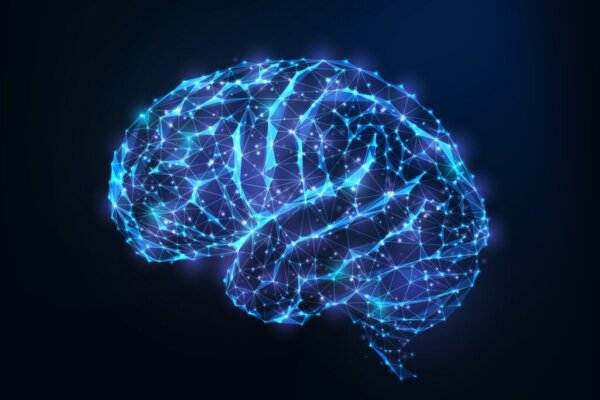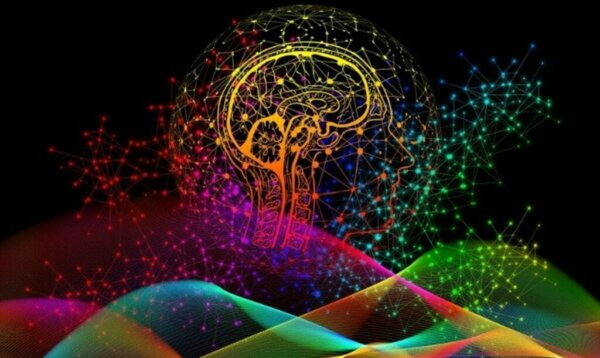Memory Chips for Your Brain: Science Fiction?


Written and verified by the psychologist Sergio De Dios González
Sometimes, science is better than science fiction. Professionals from the University of South Carolina and Wake Forest University recently presented the world with a study conducted over the past ten years. In fact, their research could serve as a basis for the treatment of multiple neurodegenerative diseases. This study has been published in the Journal of Neural Engineering. It concludes that it’s possible to implant a memory chip for the integration of memories in living brains.

Brain areas involved in memory
The experiment focuses on key regions for information storage and memory formation. The role of the hippocampus in memory first began to be studied as a result of the HM case. In this case, they analyzed the patient’s symptomatology as a result of the bilateral destruction of the medial temporal structures. This was a consequence of surgical intervention in an attempt to alleviate the patient’s epileptic seizures.
The result of this intervention caused a serious affectation of the anterograde memory in the patient and some alteration of the retrograde memory of the three years prior to the injury. Furthermore, HM was unable to encode new memories after the operation. Consequently, he couldn’t remember what had happened after the operation, despite being able to retrieve information from previous years.
The hippocampus, located inside the medial part of the temporal lobe, under the cortical surface, plays an essential role in the formation of new memories, both episodic and autobiographical. In the hippocampus, also called Cornu Ammonis, four areas are differentiated: CA1, CA2, CA3, and CA4. Each of these areas has its own cellular characteristics and connections that make them different from each other.
Experiment
In one study, researchers taught rats to press a lever to obtain a certain reward. Using integrated electrical waves, the experimental research team, led by Sam A. Deadwyler of the Wake Forest Department of Physiology and Pharmacology, recorded changes in their brain activity between the two major internal divisions of the hippocampus. These are known as the subregions CA3 and CA1.
Once response stability was achieved, the scientists blocked normal neural interactions between the two areas using pharmacological agents. The chip then carried out the reverse procedure. That is, it sent the brain waves recorded during the learning of behavior to the hippocampus. In this way, the rat was able to perform the behavior, even keeping a portion of its brain anesthetized. This has opened the door for us to use memory chips in humans.

Conclusions: experiment and memory chips
Dr. Berger points out that, if we’re capable of decoding complex knowledge to translate it into corresponding brain waves, theoretically, it should be possible to implant knowledge in the brain.
In addition, the researchers went on to show that if a prosthetic device and its associated electrodes were implanted in rats with a normal hippocampus, the operation of the device could actually strengthen the memory that’s generated internally in the brain. Furthermore, the memory capacity of normal rats would be increased.
The next steps, according to Berger and Deadwyler, should focus on attempts to duplicate the rat results in primates. In fact, their goal is to create prosthetics (memory chips) that can help human victims of Alzheimer’s disease recover. Also, those affected by stroke or various brain injuries. This would open doors to a new field of scientific research on the cure of diseases and the functional recovery of people with severe brain damage.
Sometimes, science is better than science fiction. Professionals from the University of South Carolina and Wake Forest University recently presented the world with a study conducted over the past ten years. In fact, their research could serve as a basis for the treatment of multiple neurodegenerative diseases. This study has been published in the Journal of Neural Engineering. It concludes that it’s possible to implant a memory chip for the integration of memories in living brains.

Brain areas involved in memory
The experiment focuses on key regions for information storage and memory formation. The role of the hippocampus in memory first began to be studied as a result of the HM case. In this case, they analyzed the patient’s symptomatology as a result of the bilateral destruction of the medial temporal structures. This was a consequence of surgical intervention in an attempt to alleviate the patient’s epileptic seizures.
The result of this intervention caused a serious affectation of the anterograde memory in the patient and some alteration of the retrograde memory of the three years prior to the injury. Furthermore, HM was unable to encode new memories after the operation. Consequently, he couldn’t remember what had happened after the operation, despite being able to retrieve information from previous years.
The hippocampus, located inside the medial part of the temporal lobe, under the cortical surface, plays an essential role in the formation of new memories, both episodic and autobiographical. In the hippocampus, also called Cornu Ammonis, four areas are differentiated: CA1, CA2, CA3, and CA4. Each of these areas has its own cellular characteristics and connections that make them different from each other.
Experiment
In one study, researchers taught rats to press a lever to obtain a certain reward. Using integrated electrical waves, the experimental research team, led by Sam A. Deadwyler of the Wake Forest Department of Physiology and Pharmacology, recorded changes in their brain activity between the two major internal divisions of the hippocampus. These are known as the subregions CA3 and CA1.
Once response stability was achieved, the scientists blocked normal neural interactions between the two areas using pharmacological agents. The chip then carried out the reverse procedure. That is, it sent the brain waves recorded during the learning of behavior to the hippocampus. In this way, the rat was able to perform the behavior, even keeping a portion of its brain anesthetized. This has opened the door for us to use memory chips in humans.

Conclusions: experiment and memory chips
Dr. Berger points out that, if we’re capable of decoding complex knowledge to translate it into corresponding brain waves, theoretically, it should be possible to implant knowledge in the brain.
In addition, the researchers went on to show that if a prosthetic device and its associated electrodes were implanted in rats with a normal hippocampus, the operation of the device could actually strengthen the memory that’s generated internally in the brain. Furthermore, the memory capacity of normal rats would be increased.
The next steps, according to Berger and Deadwyler, should focus on attempts to duplicate the rat results in primates. In fact, their goal is to create prosthetics (memory chips) that can help human victims of Alzheimer’s disease recover. Also, those affected by stroke or various brain injuries. This would open doors to a new field of scientific research on the cure of diseases and the functional recovery of people with severe brain damage.
This text is provided for informational purposes only and does not replace consultation with a professional. If in doubt, consult your specialist.







